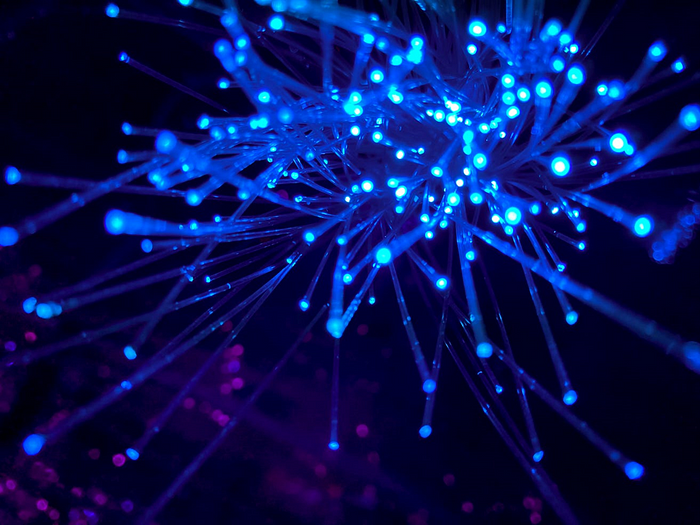
Unpacking Kolmogorov-Arnold Networks
Last Updated on May 12, 2024 by Editorial Team
Author(s): Shenggang Li
Originally published on Towards AI.
Edge-Based Activation: Exploring the Mathematical Foundations and Practical Implications of KANs
Photo by JJ Ying on Unsplash
Researchers at MIT recently introduced a new neural network architecture called Kolmogorov-Arnold Networks (KANs). Unlike traditional neural networks that use activation functions at the nodes, KANs place these functions along the connections between nodes. This method is based on the Kolmogorov-Arnold representation theorem which decomposes a complex multivariate function into sequences of simpler univariate functions connected by binary operations. As a result, the Kolmogorov-Arnold representation can express any complex ‘shape’ using a series of simpler, countable ‘shapes’:
Decomposing Complexity: Summation of Basic Shapes
In this post, I will illustrate the innovative structure of Kolmogorov-Arnold Networks (KANs) through clear examples and straightforward insights, aiming to make these advanced concepts understandable and accessible to a broader audience.
The Kolmogorov-Arnold Representation introduces a concept within a mathematical framework: any complex pattern can be decomposed into simpler elements. These basic components are universal, similar to mosaic tiles that remain constant regardless of the specific scene they represent.
Kolmogorov-Arnold Networks (KANs) are based on the profound principles of the Kolmogorov-Arnold representation theorem, which states that any multivariate continuous function can be decomposed into a series of univariate functions. This implies that if f is a multivariate continuous function:
, there exists a series of univariate… Read the full blog for free on Medium.
Join thousands of data leaders on the AI newsletter. Join over 80,000 subscribers and keep up to date with the latest developments in AI. From research to projects and ideas. If you are building an AI startup, an AI-related product, or a service, we invite you to consider becoming a sponsor.
Published via Towards AI
Take our 90+ lesson From Beginner to Advanced LLM Developer Certification: From choosing a project to deploying a working product this is the most comprehensive and practical LLM course out there!
Towards AI has published Building LLMs for Production—our 470+ page guide to mastering LLMs with practical projects and expert insights!

Discover Your Dream AI Career at Towards AI Jobs
Towards AI has built a jobs board tailored specifically to Machine Learning and Data Science Jobs and Skills. Our software searches for live AI jobs each hour, labels and categorises them and makes them easily searchable. Explore over 40,000 live jobs today with Towards AI Jobs!
Note: Content contains the views of the contributing authors and not Towards AI.














